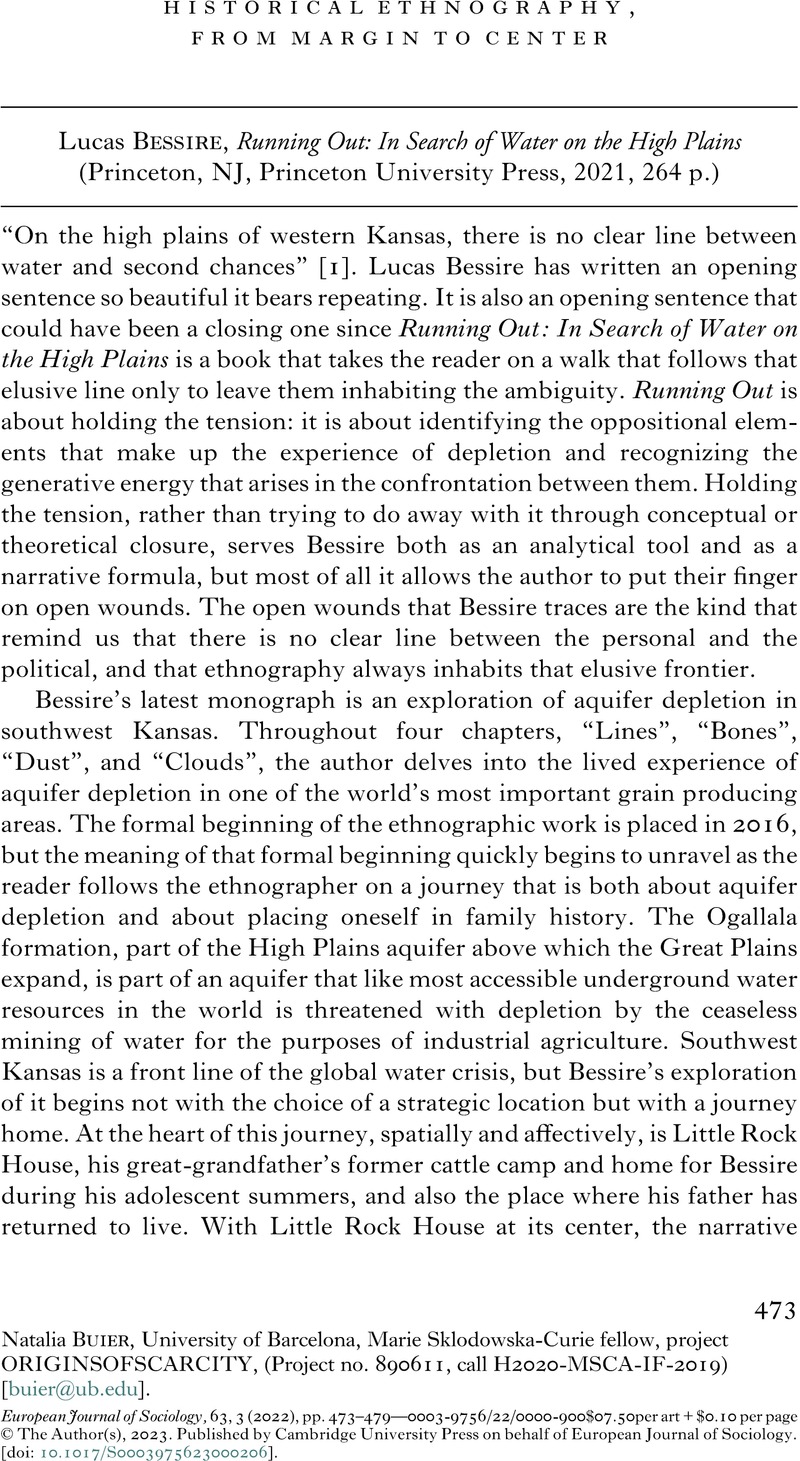No CrossRef data available.
Published online by Cambridge University Press: 23 February 2023

1 Page 3, in E. R. Wolf, [1982] 2010. Europe and the People without History (Berkeley, University of California Press).
2 Sara Farris R., 2017. “There is No True Life, If Not in the False One: On Elena Ferrante’s Neapolitan Novels.” Viewpoint Magazine. https://viewpointmag.com/2017/02/20/there-is-no-true-life-if- not-in-the-false-one-on-elena-ferrantes-neapolitan-novels/ (Last Accessed October 3, 2022).
3 Michel-Rolph Trouillot, 1995. Silencing the past: Power and the production of history (Boston, Beacon Press).
4 Trouillot 1995: 28.
5 Trouillot 1995.